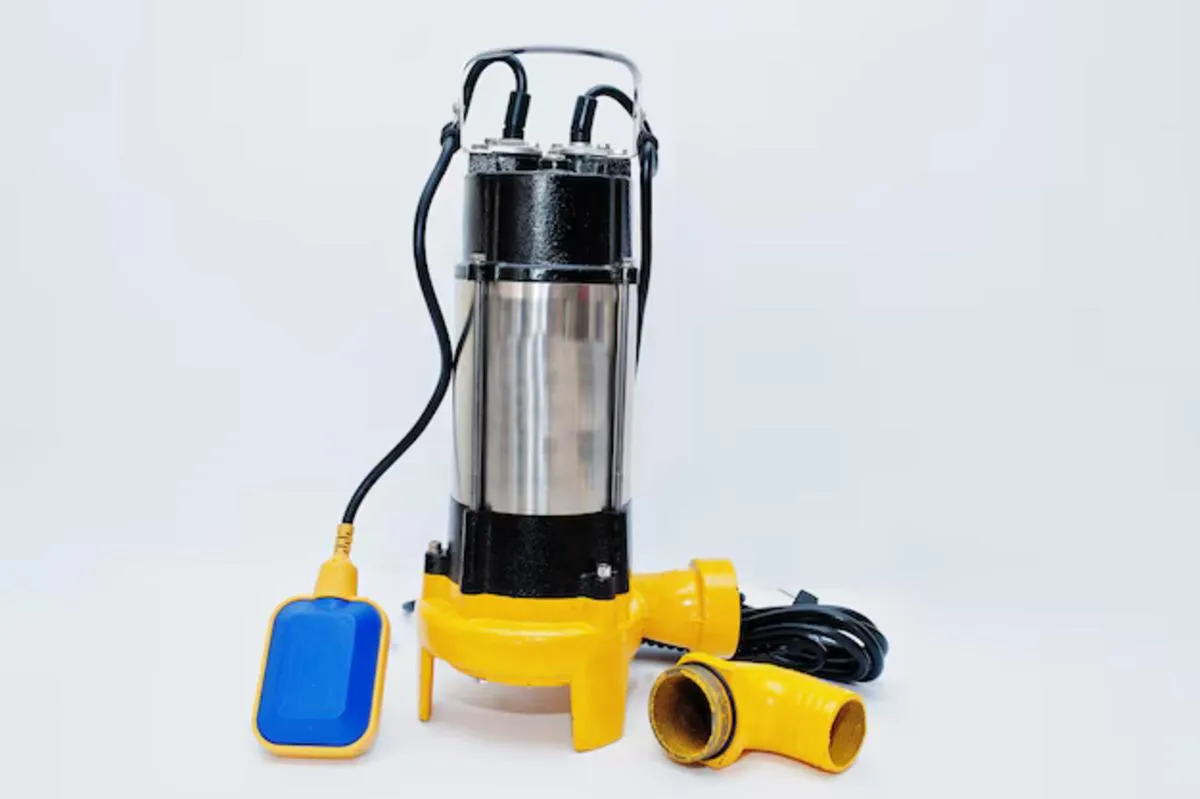Blogs

Fixing a Well Pump That Keeps Running Non-Stop
If your well pump seems like it just won’t take a break, that’s not something to ignore. A pump that keeps running nonstop is a sign something’s off, and letting it go too long can drive up power bills or wear out the pump faster than it should. Homeowners in Birmingham depend on their well systems for everything from washing dishes to staying hydrated, so when that system starts acting strange, it can throw the whole house off.
There’s also the risk of pushing your equipment to the point of failure. Constant running puts extra stress on the motor and other parts, which leads to expensive repairs or even full replacements. And if there's a leak or something else going on behind the scenes, wasting water becomes a concern too. That’s why learning why your pump is doing this and finding a fix really matters. Early action can save a lot of trouble later.
Understanding The Causes
A well pump that won't shut off usually means there’s an ongoing issue in the setup, either with the equipment itself or something happening in the water supply. Figuring out the root cause can help stop extra wear and avoid bigger problems.
Some of the most common causes include:
1. Worn-out pump components: After years of use, mechanical parts like the impeller or bearing wear out. These issues can cause the pump to lose efficiency and run longer than needed.
2. Faulty pressure switch: The pressure switch tells the pump when to turn on or off. If it’s failing or misreading pressure in the system, the pump may stay on even when it’s not needed.
3. Pipe leaks: A leak in the home’s plumbing or the well’s line can trick the pump into thinking more water is needed, making it run nonstop trying to keep up.
4. Bad check valve: If the check valve isn’t working right, water can drain back into the well and cause the system to keep restarting.
5. Electrical issues: Problems like worn-out relay contacts or a malfunctioning control box can keep the pump running even if the tank is full.
Seasonal changes can play a part too. During dry months in Birmingham, the water table might drop a bit, making it harder for the pump to build pressure. That can make it run longer just to get the job done.
Not every cause is easy to spot at first, especially when different parts of the system are working together. Sometimes the problem seems to fix itself for a little while, but then it comes right back. That’s why it helps to look at the whole picture and not just assume it’s the pump itself every time.
Diagnosing The Problem
When the pump won’t stop running, doing a few early checks can help figure out where the trouble’s coming from. While fixing the problem should be left to a professional, spotting warning signs early can help cut the time and cost of repairs down the line.
Here’s a practical list of things to look for:
1. Listen closely
Is the pump making louder noises than usual?
Are there clicking sounds from the pressure switch that don’t stop?
2. Watch the pressure gauge
Does the pressure needle bounce around or stay low even with the pump running?
Are you seeing pressure holding steady when no water is being used? If not, the system may not be holding pressure.
3. Feel the pipes and tank
Is any part of the system too hot to touch? That can be a sign it’s been overworking.
Does the pressure tank feel water-logged with no air or soft space at the top?
4. Look for obvious leaks
Walk along any visible pipes or lines to check for moisture or pooling water.
Listen for running water sounds when nothing in the house is on.
5. Check the breaker and control box
If the control box clicks but never shuts off, there could be an issue with relays or wiring.
A blown fuse or frequently tripping breaker might also point to a deeper electrical fault.
If any of these checks suggest something major is happening, or if you just aren’t sure, it's usually not worth guessing. Digging into electrical parts or underground lines makes things riskier without the right tools or training. If your gut tells you it’s more than a simple fix, you're probably right.
Professional Repair Solutions
If your well pump is running around the clock, chances are you’re going to need professional help to get things back on track. The tricky part is that several components work together in a pump system, and when one thing goes wrong, it can create a domino effect. Fixing these problems goes way beyond tightening a screw or flipping a breaker.
A trained technician will know how to look beyond the obvious. That means checking pressure switches, verifying if the control box is communicating properly, or testing the water system's pressure holding ability. They’ll also be able to spot signs of wear that aren’t so easy to notice, like a motor that’s nearing burnout or electrical wiring with heat damage. In some cases, it's the smaller details like a clogged filter or undersized pressure tank that create much bigger problems for the whole setup.
Here are some common repairs a pro might perform:
Replace a faulty pressure switch that’s stuck in the on position
Repair or replace relay controls or sensors in the control box
Swap out a worn-out check valve to stop water from flowing backward
Fix cracked or leaking pipes tied to the pump system
Test and repair the pump motor if overheating or strain is detected
On top of repairs, a pro might also recommend changes to improve how your system runs long-term. That could mean adjusting tank pressure, installing a more suitable pressure switch, or doing a full tune-up to help the system operate more smoothly and with less noise. Having these upgrades done properly saves time, helps with utility bills, and keeps the well pump from running nonstop again.
Keeping Your Well Pump in Top Shape
Once the problem is fixed, it’s smart to stay ahead of any future surprises. A little care goes a long way when it comes to making sure your well pump keeps working right. Most pump issues don’t appear out of nowhere. There are almost always warning signs before a system breaks down.
Keeping things maintained doesn't have to be complicated. Here are a few simple ways to care for your well pump system:
1. Check the pressure tank regularly: The tank helps reduce how often the pump kicks on. If the pressure is too low, the pump will run more than needed. Check the air charge once or twice a year.
2. Listen for changes in sound: Getting used to how your system sounds during normal use helps you catch trouble early. Rattling, humming, or clanking is almost never a good sign.
3. Keep the area around the pump clear: Avoid storing heavy items or debris near the pump or control panels. These block airflow and create hazards, especially with electrical parts involved.
4. Watch for pressure drops: If your taps start spitting air or the water pressure feels weak, don’t wait it out. These symptoms can be early signs of wear, leaks, or valve failure.
5. Schedule annual professional inspections: Having a pro check on the whole system each year can uncover problems before they turn into major breakdowns.
An example of this in real life: A homeowner near Birmingham had noticed louder sounds from their pump and weaker water pressure for a few months but thought it wasn’t serious. By the time they called someone out, the motor had overheated and needed replacement. Catching it earlier would’ve saved a lot of expense and time, and days without running water.
Trust Your Well Pump to the Experts at Keith the Plumber
Letting your well pump run nonstop might seem like a problem you can tune out for a while, but it almost always grows into something big if it’s left alone. That noise in the background is your system working overtime, using more power, and adding strain to parts that aren't meant to run 24/7. The sooner you get it checked, the better off your setup and budget will be.
Preventing future issues comes down to awareness and staying on top of regular maintenance. With Birmingham’s changing seasons and weather shifts, your well system already has enough work to do. Keeping it cared for today can stop headaches tomorrow.
Don't let a nonstop running well pump throw a wrench into your daily routine. Making sure your pump works the way it should keeps your home running without surprises. If you're in Birmingham, expert help is just a call away. For reliable solutions and long-term peace of mind, count on Keith the Plumber for trusted well pump repair that gets the job done right the first time.
© Keith The Plumber - All rights reserved

